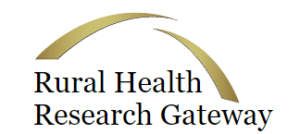February 5, 2024

Elevate Your Leadership in 2024
The National Rural Health Association’s (NRHA’s) CEO Certification Program is launching the ninth CEO Cohort in March 2024.
Program Highlights
- Comprehensive curriculum made by rural hospital CEOs for rural hospital CEOs
- Practical strategies and effective tools to grow knowledge base and leadership confidence
- Exclusive networking opportunities with rural healthcare industry experts and rural hospital leaders like you
Kick Off Date: March 12, 2024, 4:00 p.m. EST
Apply Today






